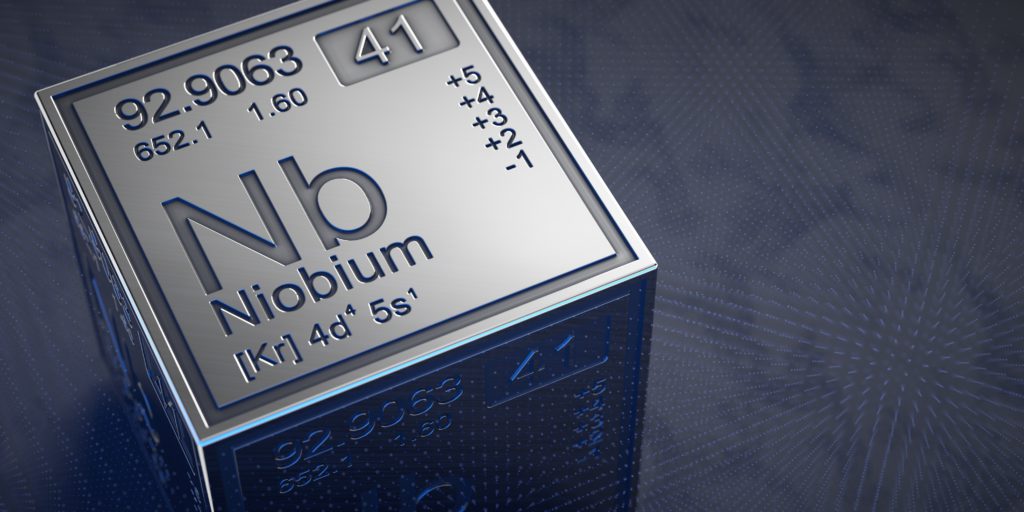

Researchers at Skoltech, the Lebedev Physical Institute of the Russian Academy of Sciences, and other scientific organizations have found a way to improve diamond adhesion —the bond between diamond and transition metal—using niobium.
In a paper published in the Journal of Alloys and Compounds, the scientists explain that although diamonds are beautiful gemstones, rough diamonds are much more interesting from a scientific point of view.
One of the promising areas of research towards diamond technological applications is diamond surface metallization, which is used to give the diamond surface new characteristics such as superior thermal conductivity, good thermal stability, improved wettability, and its original physical and chemical properties.
“Diamond, however, has two limitations related to the synthesis of large-sized diamond substrate and poor adhesion of metal contacts to the diamond surface,” Stanislav Evlashin, co-author of the study, said in a media statement.
“For example, when we worked on detectors for ionizing radiation and applied contacts made of gold and other materials, the adhesion of such contacts to diamond was very poor. At that point, we wondered how we could overcome such poor adhesion.”
One of the most effective ways to metalize diamonds is by sintering them with such metals as titanium, chromium, tantalum, zirconium, and others. When they interact with carbon, a layer of metal carbide is formed. The authors of the study chose niobium because of its ability to form chemically stable films of niobium carbides on the diamond surface.
“We attempted to create a superconductor on the diamond surface and realized that if we deposit niobium on it and then anneal it, the following phase transformations occur during annealing: the niobium film after heating turns into the Nb₂C compound, and after further heating over 1200 degrees—into NbC,” Evlashin said.
According to Evlashing and his colleague Alexander Kvashnin, theoretical calculations of the constant lattice of niobium carbide depending on the concentration of carbon defects—often in the experiment there is a carbon deficiency—have shown that the used method of synthesis of niobium carbide on diamond allows to obtain high-quality niobium carbide with a lattice parameter close to defect-free material.
“Calculations of the superconducting characteristics of niobium carbide showed a superconducting transition at a temperature of 19.4 K, which turned out to be close to the experimentally measured value,” Kvashnin said. “The results also indicate the high quality of the experimentally obtained film.”
Notably, the low concentration of defects in the obtained niobium carbide film leads to sufficiently high values of electron diffusion, compared to other niobium-based alloys. This, together with the observed superconducting characteristics, is of practical interest for quantum detection devices.
The researchers proved that the obtained niobium carbide layer has superconductive characteristics. If this film is applied to the surface of the diamond, it will be possible to create super-sensitive detectors due to its high thermal conductivity. The high thermal conductivity of diamond will help detect signals and it would happen much faster than with other materials.